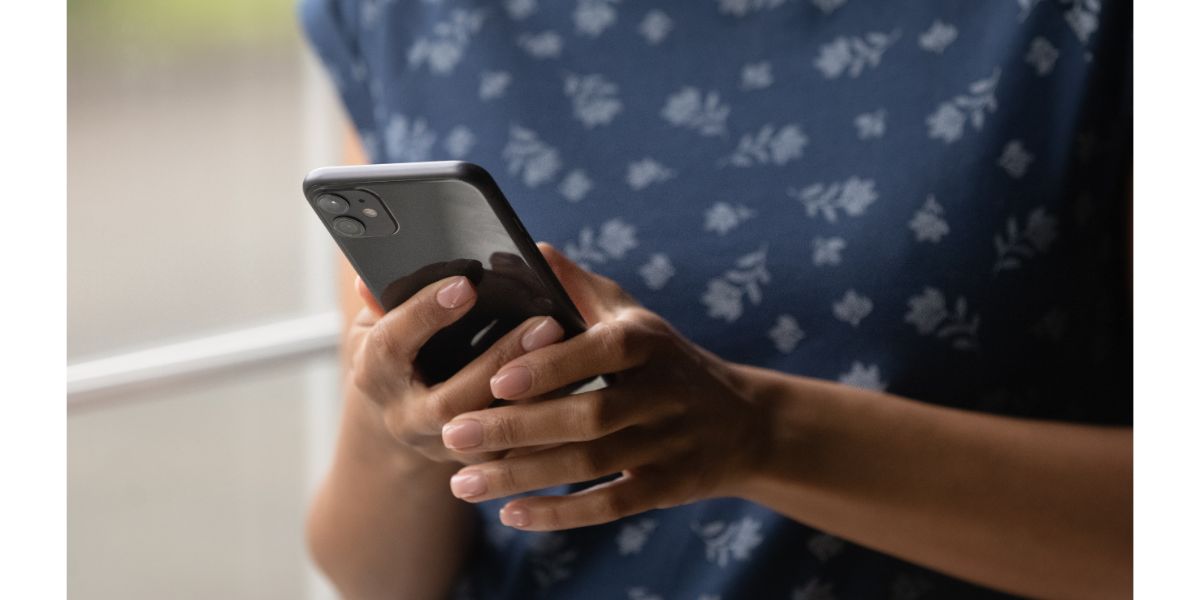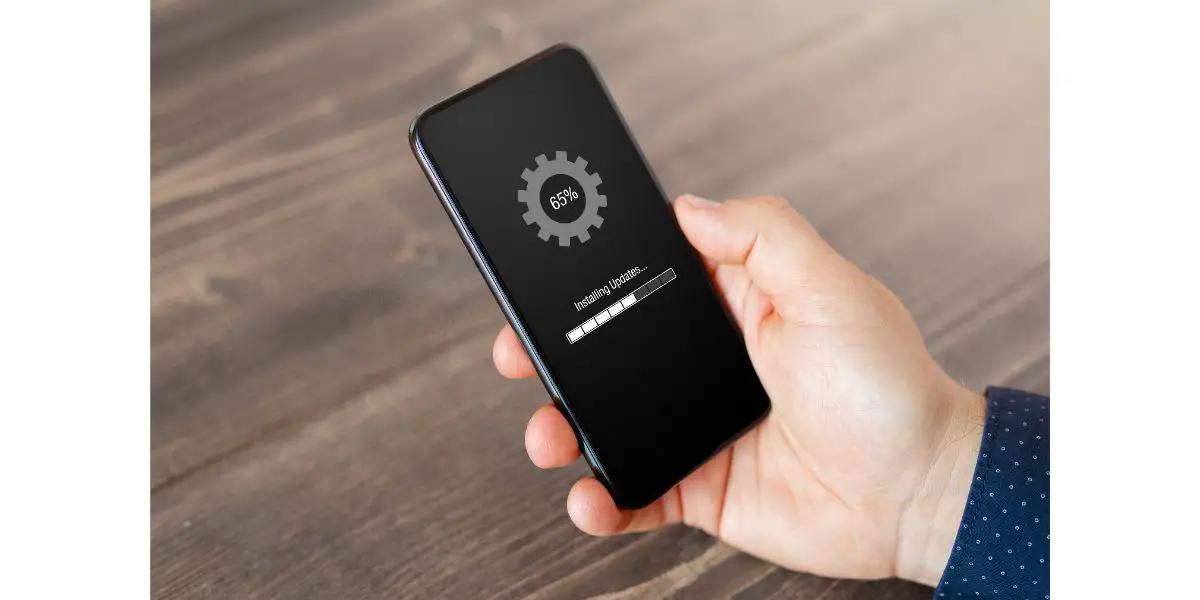Disclaimer: This post may contain affiliate links, meaning we get a small commission if you make a purchase through our links, at no cost to you. For more information, please visit our Disclaimer Page.
WiFi calling is a unique feature that helps people out with limited data or calling minutes on something like a prepaid plan. So long as your WiFi is up and running smoothly, it’s a much more stable and dependable way to make phone calls. Of course, it’s not so stable when you get the er01 error.
Usually, when this happens, it’s not a problem with the smartphone (though it can be). It’s mostly a problem with your router/modem, your WiFi is throwing your around on different channels, Airplane mode is on, or you simply don’t have WiFi calling enabled.
The point is, it’s rarely something that’s physically wrong with your smartphone or your router/modem. Most of the time, it’s just a matter of you getting your Settings right on your router or on your smartphone.
Table of Contents
WiFi Calling Error Er01 Invalid Certificate: 5 Causes And Fixes
1. Make Sure Your WiFi Calling is On
One of the best things about going through a troubleshooting guide is revealing all of the most simple solutions. When writing about it, they all seem so obvious. But we always miss the simplest things and this happens to be one of them.
Your Android or iPhone should have WiFi calling options within the Settings menu. All you need to do is access them and make sure it’s turned on so you can make all the WiFi calls you want to.
iPhone
- Open the Settings (the gear symbol) menu
- Select ‘Cellular’
- Select ‘WiFi Calling’
- Toggle On ‘WiFi Calling On This iPhone’
- Toggle On ‘Prefer WiFi While Roaming’
- If you have other iPhones on the same plan, also select ‘Add WiFi Calling for Other Devices’
- Since WiFi Calling requires an updated Emergency Address, be sure to have one ready if you haven’t filled it out already
Android
- Open the Phone Dialer app on your Android device
- Select the three-dot icon in the top, right-hand corner
- Scroll down and select ‘WiFi Calling’
- Select the toggle to turn it on
The options within the Android version are a little simpler, with fewer options to worry about. Simply turn it on and forget about it.
2. Make Sure Airplane Mode Isn’t On
Airplane Mode is just that—a mode you should turn on when you get on an airplane, at least until the Captain makes the ‘all clear’ announcement and you can turn it back on. When Airplane Mode is on, it blocks all incoming calls, your ability to make outgoing calls, WiFi, and LTE (cellular data).
Basically, your phone is an uncommunicative brick whenever you have Airplane Mode on. Of course, there’s a big giveaway, which is the blatant airplane symbol in the top, right-hand corner which takes the place of signal bars and WiFi symbols.
If you see that symbol, you know it’s on. Jump into your Settings, turn it off, and you should have access to WiFi calling again (assuming you set it up in the first place).
3. Reset Your Router
If you have WiFi calling on, your router is on, your smartphone is connected, and WiFi calling still isn’t working, you may just need to do a quick reset on your router. Of course, when you reset a router, you need to do it the right way.
Unplug the coax/fiber first. Now, unplug the router from the wall and simply leave it sitting like that for a few minutes.
When you come back, plug the coax/fiber back in for internet access, then plug the router back in. Once it cycles back up, try to make a WiFi call again.
It’s also a good idea to do a standard reset on your iPhone or Android device. Do this while the router is booting back up so that by the time the smartphone cycles back up, it has access to the router immediately.
4. Automated Channel Switching
If you’re doing nothing but browsing the internet on your smartphone or playing online multiplayer games, you may not notice if your router is throwing your smartphone back and forth on different channels.
Some of the newer routers have multiple bandwidths along with multiple channels within each bandwidth.
What the router does is move your devices around to the most stable channel at the moment. This is typically a seamless thing, unnoticeable by whoever is browsing the internet.
However, for WiFi calling, it might be disruptive. You should check the sticker on your router to access the router’s interface on your browser and make changes to the settings. Basically, what you want to do, is turn off the automated switching.
If your settings are sophisticated enough, you might be able to pick and choose devices and how you want them to operate on your network. Your goal here is to ensure your router isn’t playing hot potato with your smartphone.
5. Update Your Smartphone
Sometimes, all you need to do is update your phone. We all get behind and it’s common enough to see the firmware update option pop up and to just ignore it for now.
However, ignoring firmware updates tends to catch up with you, especially if you do it for a long time.
If you’re having trouble dealing with your WiFi calling, just be sure your smartphone is completely up-to-date.
Updating your iPhone or Android phone is relatively simple.
iPhone
- Open your iPhone Settings Menu
- Scroll down and select General
- Select ‘Software Update’
- Updates will automatically pop up on the screen
- Select the update
- Confirm
- Make sure your iPhone is charged to 50% or more
Android
- Open the Settings Menu
- Select ‘About Phone’
- Select ‘Check for Updates’
- Select the Update button if it appears
- Select ‘Install Now,’ ‘Reboot and Install,’ or ‘Install System Software’
- Confirm
Whether you’re using an iPhone or an Android, the phone will restart once the update it completed. From that point, check to ensure WiFi calling is on and try to make a phone call.
Final Thoughts
WiFi calling is a convenient option until the day that it isn’t Fortunately, when it comes to troubleshooting WiFi calling, it doesn’t get much more complicated than jumping into your router’s interface and making a few, simple adjustments.


